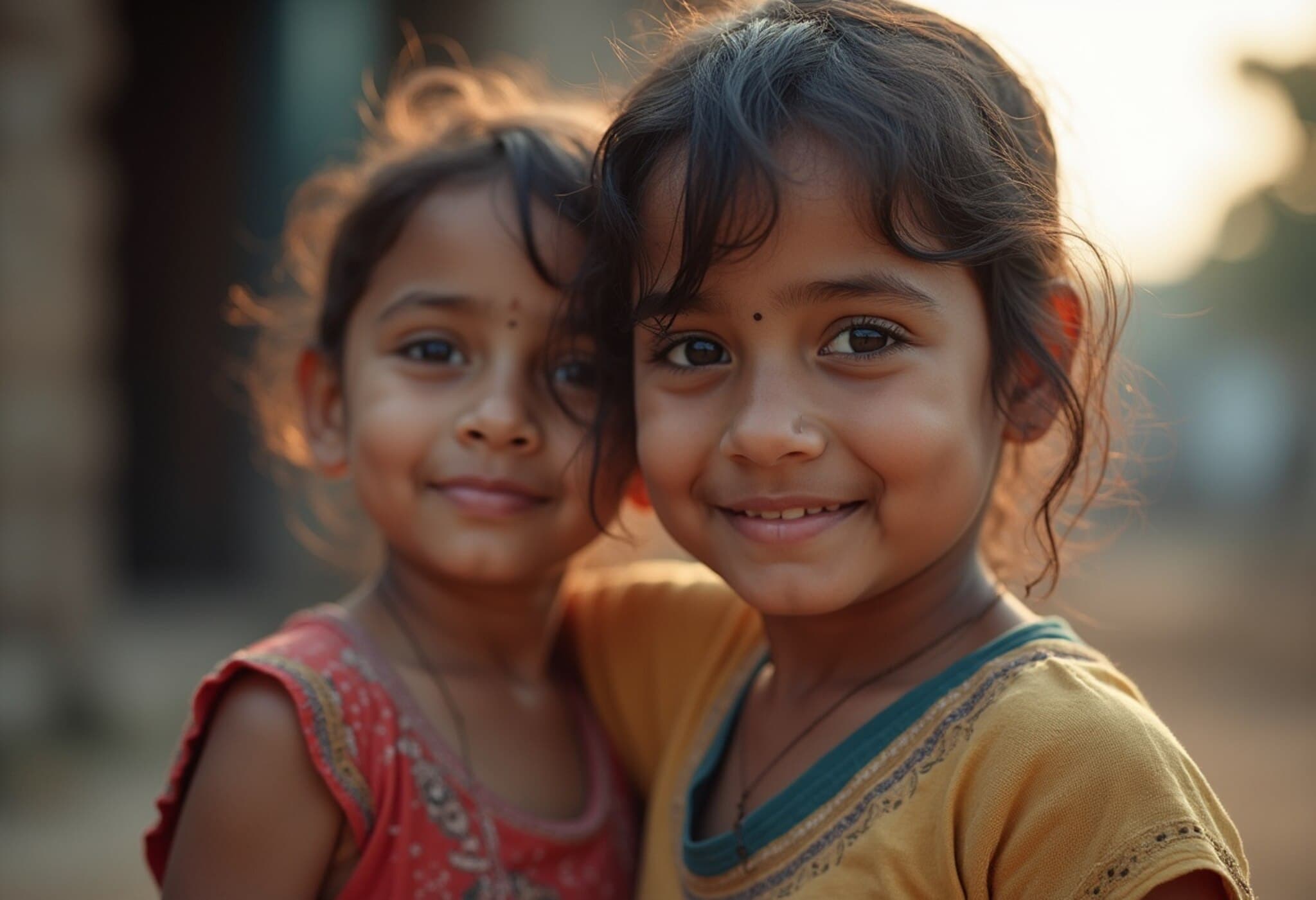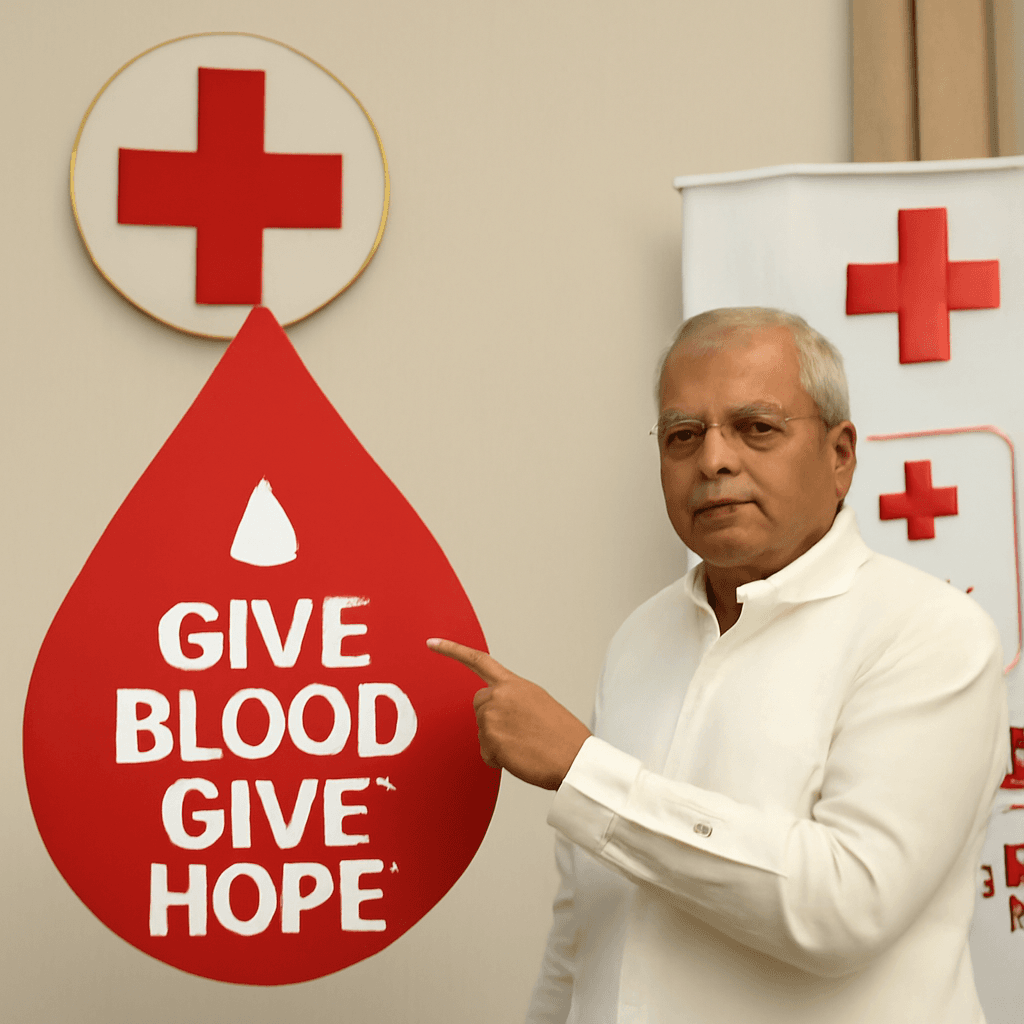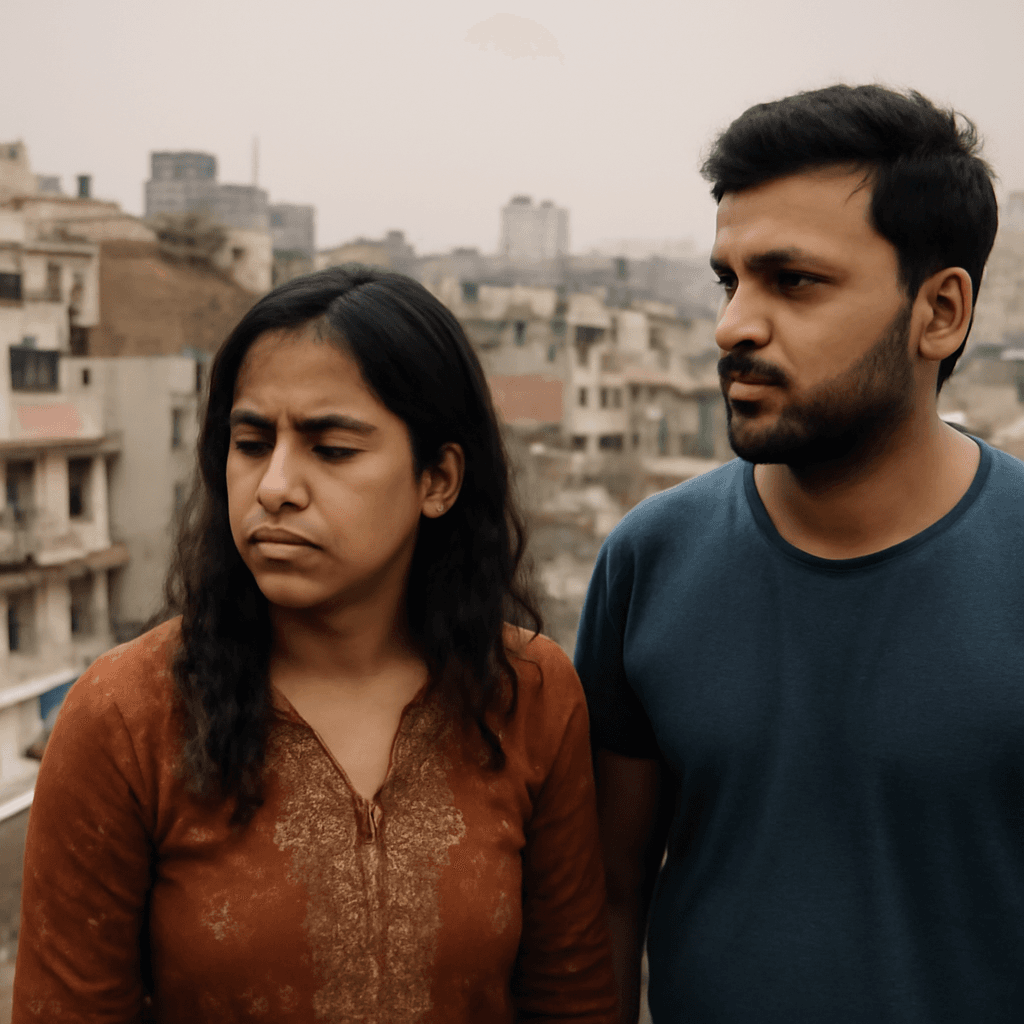UNFPA State of World Population Report 2025: Understanding India's Reproductive Landscape
The latest State of World Population Report 2025 by a leading global population agency presents eye-opening insights into reproductive health and demographic trends, with a special focus on India. Released under the theme "The real fertility crisis: The pursuit of reproductive agency in a changing world," this report reframes the global conversation around population concerns, urging a shift away from fears of overpopulation or decline and toward empowering individuals with reproductive freedom.
Why This Report Matters for India and Beyond
Drawing on data from a multinational survey spanning 14 countries, including India, the report sheds light on the substantial gap between people’s reproductive desires and their realities. It exposes the financial, social, and health barriers limiting individuals’ ability to make free and informed choices about having children. For India, the findings underscore crucial policy challenges tied to demographic shifts and reproductive rights.
Key Findings: The Reality Behind India's Fertility Trends
- Unintended pregnancies: Approximately 36% of adult Indians experience unintended pregnancies. Meanwhile, 30% face unfulfilled desires either to have more or fewer children, and 23% encounter both challenges.
- The report highlights how millions cannot meet their genuine fertility goals, signaling that the real crisis lies in restricted reproductive agency—not overpopulation or underpopulation.
- Globally, one in five people expect to fall short of their desired number of children. Financial hurdles such as the cost of parenting, job insecurity, and housing pressures, along with concerns over the state of the world, are driving factors. A toxic mix of economic uncertainty and systemic sexism further compounds these issues.
- In India, nearly 40% identify financial constraints as the largest barrier to having their ideal family size. Job insecurity (21%), inadequate housing (22%), and unreliable childcare (18%) intensify challenges around parenthood.
- Health-related difficulties—including poor general well-being (15%), infertility (13%), and limited access to maternity care (14%)—add another layer of hardship for many. Anxiety over climate change and political instability also discourages some from expanding families.
- According to recent estimates from the United Nations Department of Economic and Social Affairs, India has become the world’s most populous country with nearly 1.5 billion people, expected to peak at about 1.7 billion in 40 years before gradually declining.
Understanding India’s Dual Fertility Challenge
India is experiencing a complex reproductive scenario dubbed the "high fertility and low fertility duality." While the nation's total fertility rate (TFR) has reached replacement-level fertility around 2.0 children per woman, significant regional disparities persist:
- Fertility rates have dropped below replacement level (2.1) in 31 states and union territories.
- However, some states still report notably high fertility, such as Bihar (3.0), Meghalaya (2.9), and Uttar Pradesh (2.7).
- The urban-rural divide remains pronounced, with rural areas in seven states yet to hit replacement fertility levels.
- In states like Kerala, many couples—especially educated middle-class women—delay or forgo childbirth due to financial constraints and work-life balance challenges.
These contrasts reflect uneven access to economic opportunities, healthcare, education, as well as entrenched gender and societal norms affecting reproductive decisions.
Infertility: An Overlooked Crisis
The report calls attention to infertility, a largely under-recognized issue that impacts an estimated 27.5 million Indian couples. Despite its prevalence, infertility remains a low priority in public health schemes, with affordable treatment limited predominantly to urban private healthcare centers. Expanding government health insurance to cover infertility care is suggested as a vital step.
Key Population Terms to Know
- Positive Population Growth: Occurs when birth rates exceed death rates or through immigration, resulting in an increase in population.
- Negative Population Growth: Happens when death rates surpass birth rates or people emigrate, causing population decline.
- Population Density: The number of people living per unit area; India’s density is 382 people per sq km, with states like Bihar exceeding 1,100 per square kilometer.
- Demographic Dividend: An economic advantage arising when the working-age population (15-64 years) grows larger relative to dependents (children under 15 and seniors above 64), potentially boosting growth and prosperity.
- Population Explosion: A rapid surge in population size; India’s population grew fast between 1951 and 1981 with an average annual growth rate of 2.2%.
- Fertility Rate: The number of live births per 1,000 women of childbearing age (15-49).
- Total Fertility Rate (TFR): The average number of children a woman would bear during her reproductive years, based on current age-specific fertility rates.
Test Your Understanding: Quick Quiz
- What does Total Fertility Rate represent?
(a) Number of children born per 1000 people annually.
(b) Total children born per couple in their lifetime.
(c) Birth rate minus death rate.
(d) Average live births per woman by the end of childbearing age.
Answer: (d) - Why is India considered to have a "Demographic Dividend"?
(a) High population under 15 years.
(b) High working-age population (15-64 years).
(c) High population above 65 years.
(d) High total population.
Answer: (b)
Looking Ahead: Empowering Reproductive Choices
This 2025 report highlights that reproductive freedom remains elusive for many, especially in India where economic and social hurdles are formidable. Addressing these barriers—financial, health-related, and social—will be key to unlocking true reproductive agency and steering demographic trends toward positive societal outcomes.
Understanding these nuances is essential for policymakers, academics, and aspirants aiming to grasp the demographic challenges and opportunities shaping India’s future.
Stay informed, stay empowered.












